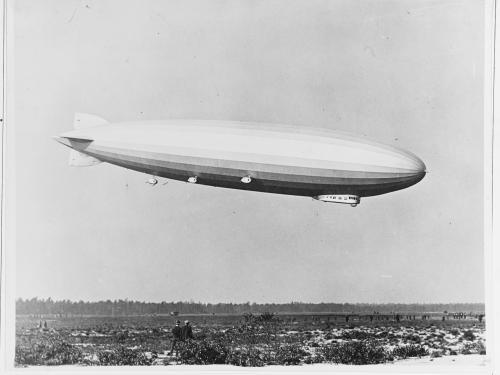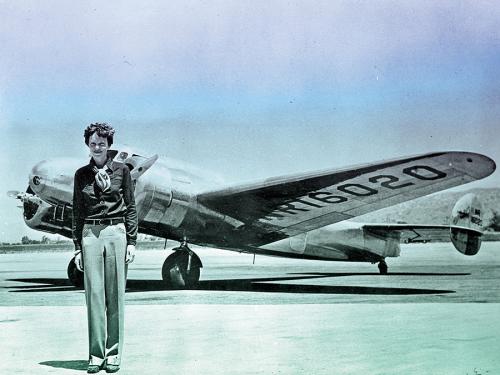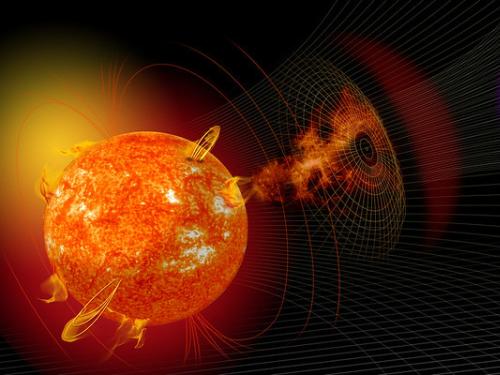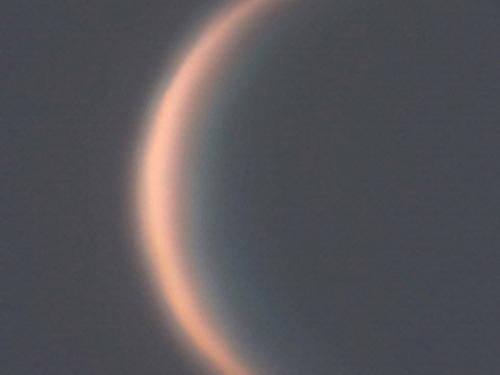

Stories of daring, stories of technological feats, stories of prevailing against the odds ... these are the stories we tell at the National Air and Space Museum. Dive in to the stories below to discover, learn, and be inspired.
Showing 1 - 10 of 31

March 27, 2025
We pick up where Part One left off! When you hear 'space race' you probably (correctly) think about the 1960s Soviet Union v. U.S. race to put an astronaut on the Moon. But a few hundred years before, the space race was all about Venus.

March 12, 2025
When you hear 'space race' you probably (correctly) think about the 1960s Soviet Union v. U.S. race to put an astronaut on the Moon. But a few hundred years before, the space race was all about Venus.

April 05, 2024
On January 25, 1925, J.H. Klein Jr., the commander of the airship USS Los Angeles, described an incredible sight he had witnessed to the Boston Globe. He described his experience and stated it was, "A most spectacular sight. The sky at the horizon was a flood of merging orange and red light. Overhead the ceiling was blue-black, while all about was the darkness of twilight.” This incredible event occurred during the 1925 solar eclipse off the coast of New York City, and scientists and crew aboard the USS Los Angeles had a front row seat to the beauty and splendor of the occurrence.

March 20, 2024
What’s new in aviation and space. The latest on the search for Amelia Earhart’s Lockheed 10-E Electra.

March 13, 2024
In 1142 a total solar eclipse with much the same path as the one coming up April 8. It was also the sign in the sky the Seneca needed to join the Haudenosaunee Confederacy, a representative democracy that would govern six tribes below Lakes Erie and Ontario.

February 26, 2024
Did you know that it takes the Earth 365-ish days to orbit the sun?

October 12, 2023
On September 18, 1941, the Brooklyn Dodgers were in Pittsburgh to play a game against the Pirates. In the fourth inning, with the score tied 0-0, announcer Red Barber’s radio broadcast was disrupted, and listeners suffered 15 minutes of silence. When the broadcast resumed, the Pirates had scored four runs.

August 01, 2023
When you look up you can see the stars, the Moon, and sometimes even other planets! We know what these otherworldly objects are because of centuries of research carried out by curious stargazers before us.

July 15, 2022
Spacecraft face a dramatic range of conditions, from airless worlds bombarded by tiny meteorites to environmental extremes, when exploring our Universe.

May 26, 2022
In 1859 the Sun threw a temper tantrum directed at Earth. It spewed magnetized plasma into space, which made its way here and triggered effects that *literally* shocked telegraph operators (not to mention knocking down telegraph lines and causing aurora to be seen near the equator). If a geomagnetic storm of this size happened today, it could cause a widespread electrical and communications blackout. Events of that magnitude are rare but the Sun’s activity affects us all the time – from static on the radio to a diverted commercial flight or a wonky GPS app. The good news is scientists are monitoring the Sun to predict when and where effects will be felt. On today’s episode, we speak to experts from NOAA’s Space Weather Prediction Center to learn how and why they stare at the Sun (for science!).